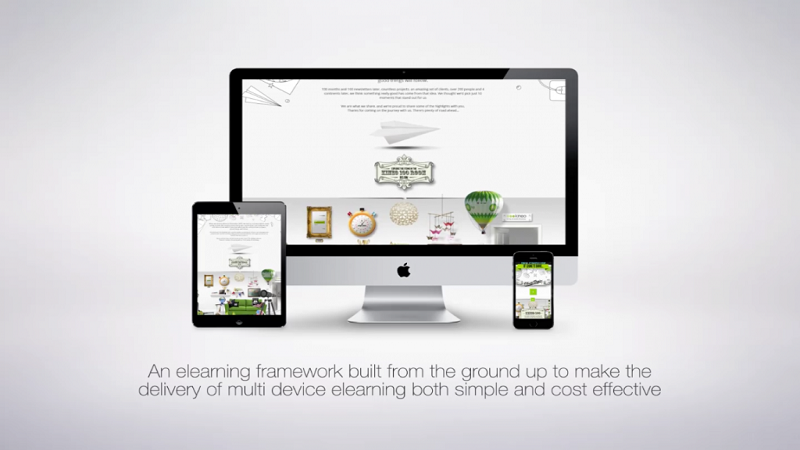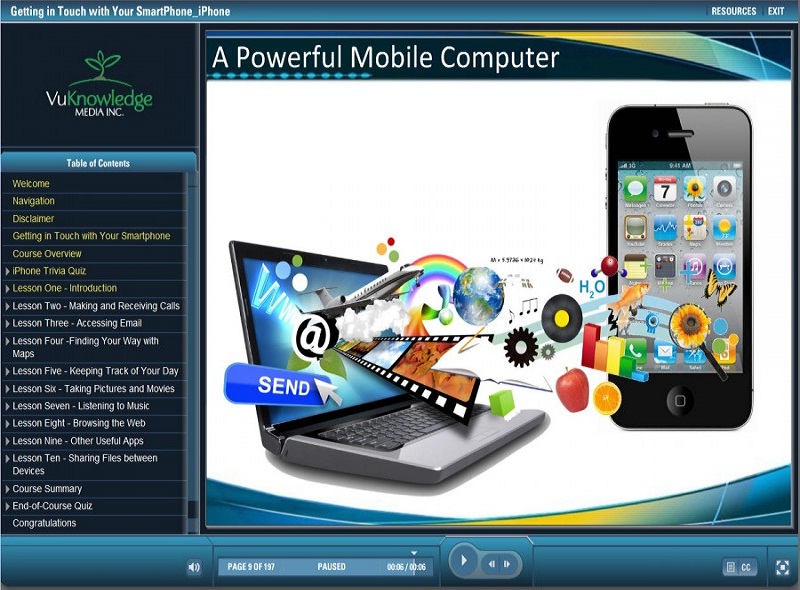How to create e-learning courses that you want to go through, and by what principle should the corporate training system be arranged so that employees do not perceive it as another boring obligation? The publishing house Alpina Publisher publishes the book “E-Learning: How to make e-learning understandable, quality and affordable” is one of the first detailed guides in the field of technology education. The author of the book Michael Allen, the developer of educational services and the creator of Allen Interactions, describes the long-term experience of recognized pioneers, experts, and leaders in the field of e-learning. T & P publishes some chapters.
E-learning courses: Where to begin?
Readers of T & P can purchase books from the publishing house Alpina Publisher with a 15% discount. To do this, when ordering in the online store, you need to enter in the appropriate field a code word – theory and practice. Read more: Vocational guidance: forecast for the next 10 years
George and Emily for a long time discussed how to begin. They began with a list of aspects that are uniquely important:
- Skills that need to be obtained;
- The ability of trainees;
- Multimedia capabilities of the company’s internal network;
- Training activities that are necessary;
- Educational activities that will appeal to the employees of Zanick;
- Behavioral goals;
- Content that is required;
- Existing content;
- Technical standards and requirements;
- Current deficiencies in order of decreasing their value;
- Desired attributes of e-learning;
- Budget and timeframe;
- Necessary and accessible experts in subject areas;
- Identification of those responsible for specific issues.
As the list grew longer, fears arose that the project would never budge. Financing only these aspects required a much larger amount than the one they expected to spend on course development. And this was just preparation for development. There was nothing left for development! All these points are important, and, if carefully worked out, everyone should benefit. But a thorough analysis of everything cannot be done quickly. In most cases, it takes a long time to collect data, analyze and seek a common opinion. George went to the joint group of the company to develop training courses. Several people in its composition had experience in design and development of e-learning, but at present, they were engaged in other work. He asked them to give him time and showed the list. Read more: Effective methods of study – How to study well at the university
To return simple things to their simplicity
It’s amazing how organizations can complicate the use of technology for training. Yes, the interaction of learning and technology is multifaceted. It requires dramatic and theatrical art, the use of learning theory, graphic design, knowledge of perceptions, literary skill, drawing up technical documentation, developing games and simulations, managing data, communication, etc. But many things with which we are successful and pretty easy to manage, seem complicated, it is only necessary to start listing their elements.
In order for the e-learning project to start in the right direction from the very beginning, it is necessary to assess the situation, identify and attract key players, establish reasonable goals and use an effective process. Beginners in the field of e-learning often try to make everything perfect. As a result, they are moving too slowly, missing great opportunities, and if they do not abandon the idea in the development process, then, to their disappointment, they produce something horrible and boring. However, all these serious errors can be prevented.
Avoiding Traditions
That’s exactly how it’s done. Did you ever build or rebuild a house? My wife and I have faced this several times, and it always seemed that this time things will go more smoothly than in the previous one. It would have been so if we did not ask the builders every time to do something unusual. Creativity by definition means that you will do something wrong, like everyone else, and perhaps better. At least it’s a chance to do something interesting. Once, on an airplane, I was sitting next to a man who was in charge of a large housing company. He saw that I was reading Fine Homebuilding, and asked if I was a carpenter by profession.
First attempts
The development of e-learning courses is a profession, even a combination of professions, including pedagogical design, art, and design, literary creativity, programming, project management, etc. All need to work together, in an organized and harmonious way. Team members should know what is expected of them and when to perform work. They need to understand the strengths and limitations of e-learning, as well as the basic principles of good teaching and learning.
Of course, every professional was once a beginner, and everyone has the first project. The team can learn everything and succeed even with the first project (like you), but it is difficult if there is no one to guide you if there is no time to learn and correct mistakes. Experienced professionals would quickly identify any problems in your situation and find the right approaches and precautions. Even if something is missed, they are always ready for effective solutions. Most of the newcomers are lost and begin to rush about in search of an exit. Their projects fail, sometimes irrevocably. But do not despair.
In this book, we will primarily consider the process of designing and developing e-learning courses, since it determines how you will navigate and manage the multitude of tasks and potential problems that each e-learning project is associated with. First, we will analyze the process, because it determines and limits the actions, on which the range of possible results depends. In other words, the process has a huge impact on the quality of the received e-learning course, and not only on its feasibility. Here we will not go into process management or pedagogical design, but focus on the process and look at it from a new, fresh and pragmatic point of view. We will analyze the successive approximation – a process successfully used by many, but radically different from the processes that most used earlier or continue to use today. We will consider both the practical aspects of this process and its ability to support a wide range of learning theories.
On the method of successive approximation
Successive approximation – a successful process used for designing and developing e-learning courses, so it is practical too, controlled, double-check ensures assumptions, stimulates creativity, provides effective communication involves all major stakeholders and leading solution in line with the needs… This is quite a lot. But, in its essence, this is a very simple iterative process, which is repeatedly applied to a carefully defined sequence of questions.
To understand the context and the concept, we will consider here the process as a whole, and in the remaining chapters, we will analyze in more detail each of its elements. The description of activities starts on the next page. The diagram above shows how, after the information is collected, the process begins with a proper start and ends with the final product. The process has only three stages: preparation, iterative design, and iterative development. Iterative cycles are used in both design and development to confirm the feasibility of making and correcting. As the work progresses, the changes become less significant, and their number decreases.
It may like also: http://weiweics.com/choosing-right-preschool-parents/



